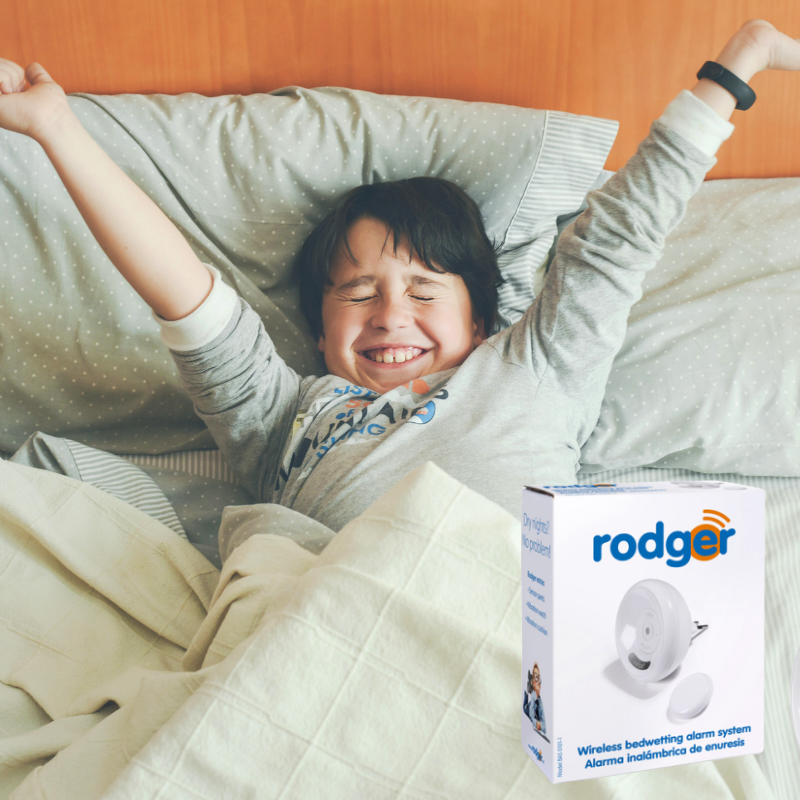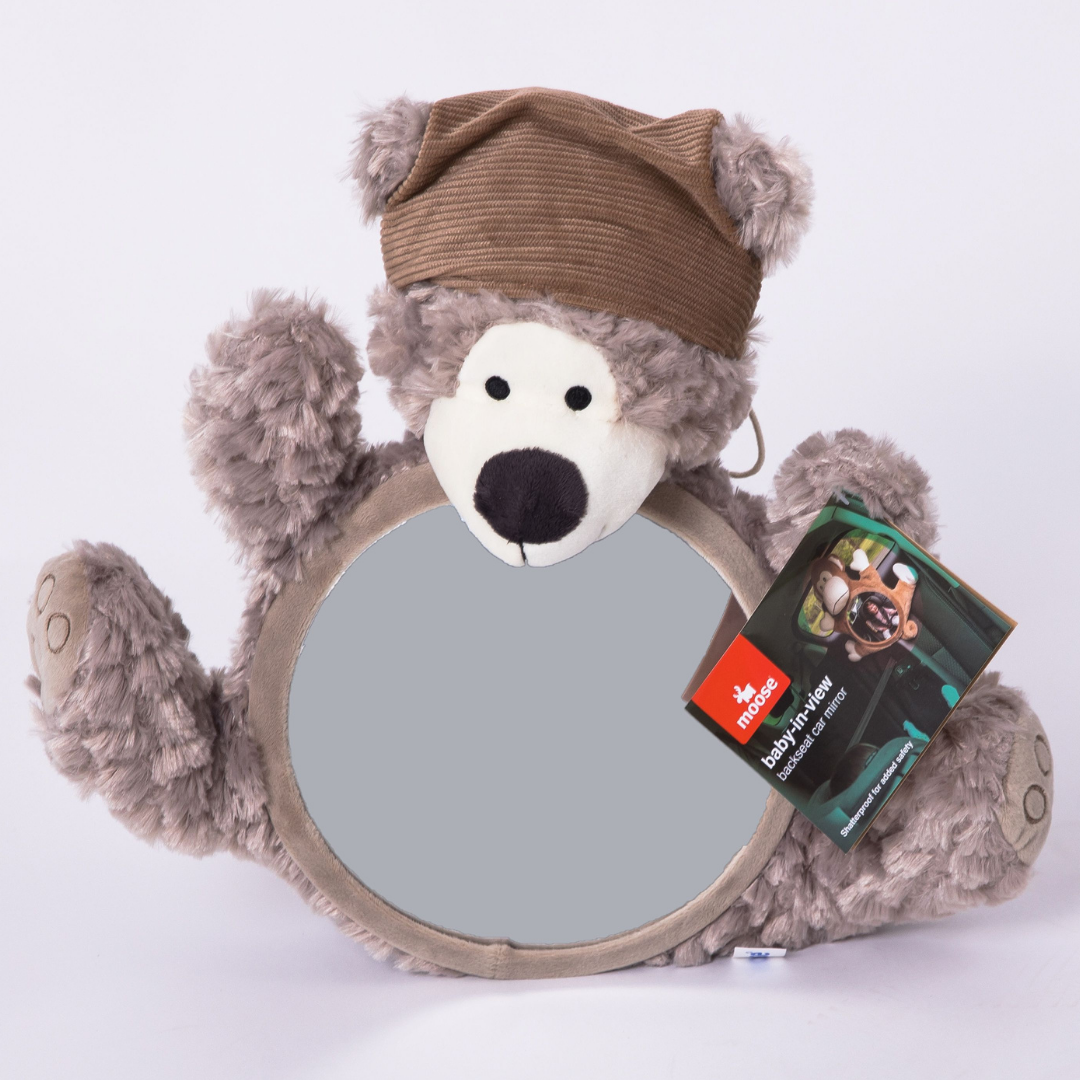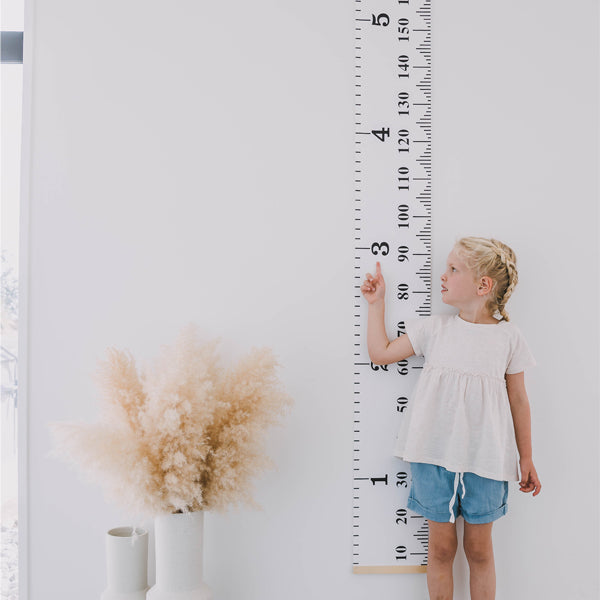Before you start using an alarm, remember that a key element in the success of bedwetting alarms is your child's motivation and understanding that waking to the sound of the alarm is the treatment that will help him stop wetting at night. Make sure he fully understands this and is committed to stopping wetting the bed by using the alarm. If he is not fazed by wetting his bed, perhaps discuss some motivating factors or simply wait until he is a little older.
Here's our Top Tips leading to success with an alarm:
- Pick a good time to start using the alarm when there is less stress and no travel commitments.
- Start the bedwetting alarm treatment with realistic expectations. It can take up to 10-16 weeks for a child to be consistently dry at night.
- Explain to your child how a bedwetting alarm works (trains the brain to feel the sensation to urinate) and discuss what you expect them to do when the alarm goes off.
- Read the instructions carefully and make sure you, your child and any other caregivers understand how the alarm works.
- Roleplay what happens when the alarm goes off and teach your child to turn off the alarm, visit the toilet to completely empty his bladder, change pyjamas and mattress protector and reset the alarm.
- Use waterproof mattress protectors on the bed and have a couple of spares beside the bed.
- Ensure spare pyjama bottoms are beside the bed each night.
- Place an easy-to-activate night-light beside the bed.
- Understand that initially you will need to wake your child when the alarm sounds and assist him to the toilet. With time he will wake to the alarm and take himself to the toilet.
- Understand that visiting the toilet after the alarm sounds (even if there is nothing left in the bladder) is an important part of the process.
- Avoid waking your child to visit the toilet. Let the alarm do the work. If you consistently wake your child to visit the toilet, he will not learn to do this on his own.
- Ensure the alarm is loud enough for you to hear. Use an alarm with a second receiver unit (which plugs into your room) or use a baby monitor.
- Praise your child for independently turning off the alarm, visiting the toilet without fuss, changing his own pyjamas and mattress protector, re-setting alarm etc.
- Do NOT continue to use pull-ups or nappies.
- Use a reward chart to record progress towards independence (wearing the alarm each night, setting it up by himself, waking by himself, changing his own pyjamas, ) and eventually you’ll be able to start rewarding less frequent wetting and smaller wet patches on the bed.
- In order for the alarm to work, you and your child will need to commit to using the alarm EVERY night. Avoid skipping nights.
- Be consistent and persistent. Some children become dry very quickly, in a matter of days, others take much longer, up to 16 weeks. Research suggests that if your child is still not dry at 12 weeks, you should not give up. Most children are dry by 12 weeks but a good percentage of children become dry between 12-16 weeks.
- If your child is getting tired from waking at night. Try and get him to bed a littler earlier. This will not last forever!
- The experts suggest you should continue to use the alarm until your child has 14 consecutive dry nights.
- Specialists agree that having success staying dry at night is often linked to good daytime toilet habits. At the same time as working on night-time habits ensure you are working with your child during the day, to make sure he is drinking plenty of water, taking regular toilet breaks and taking his time and completely emptying his bladder. Avoid caffeinated and fizzy drinks and make sure he takes his time visiting the toilet before bed.
Remember, the first couple of weeks are the hardest then it gets easier. Your job is to keep up the praise, encouragement and reassurance.
Here’s to happy dry nights.








